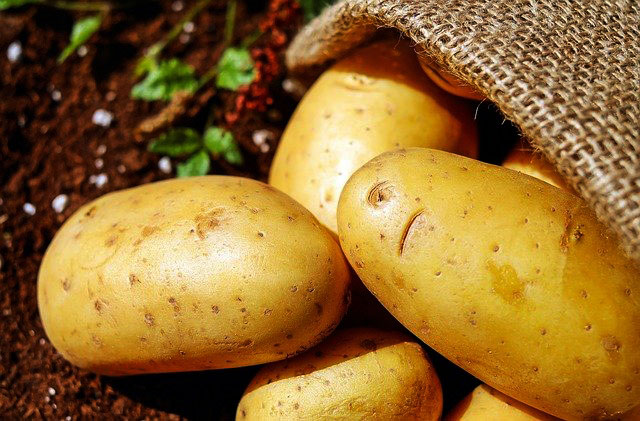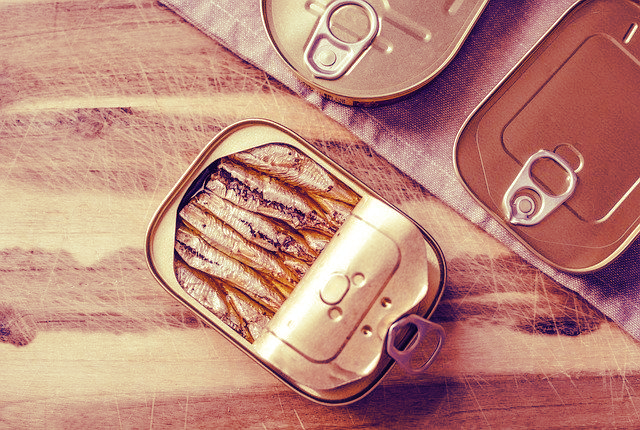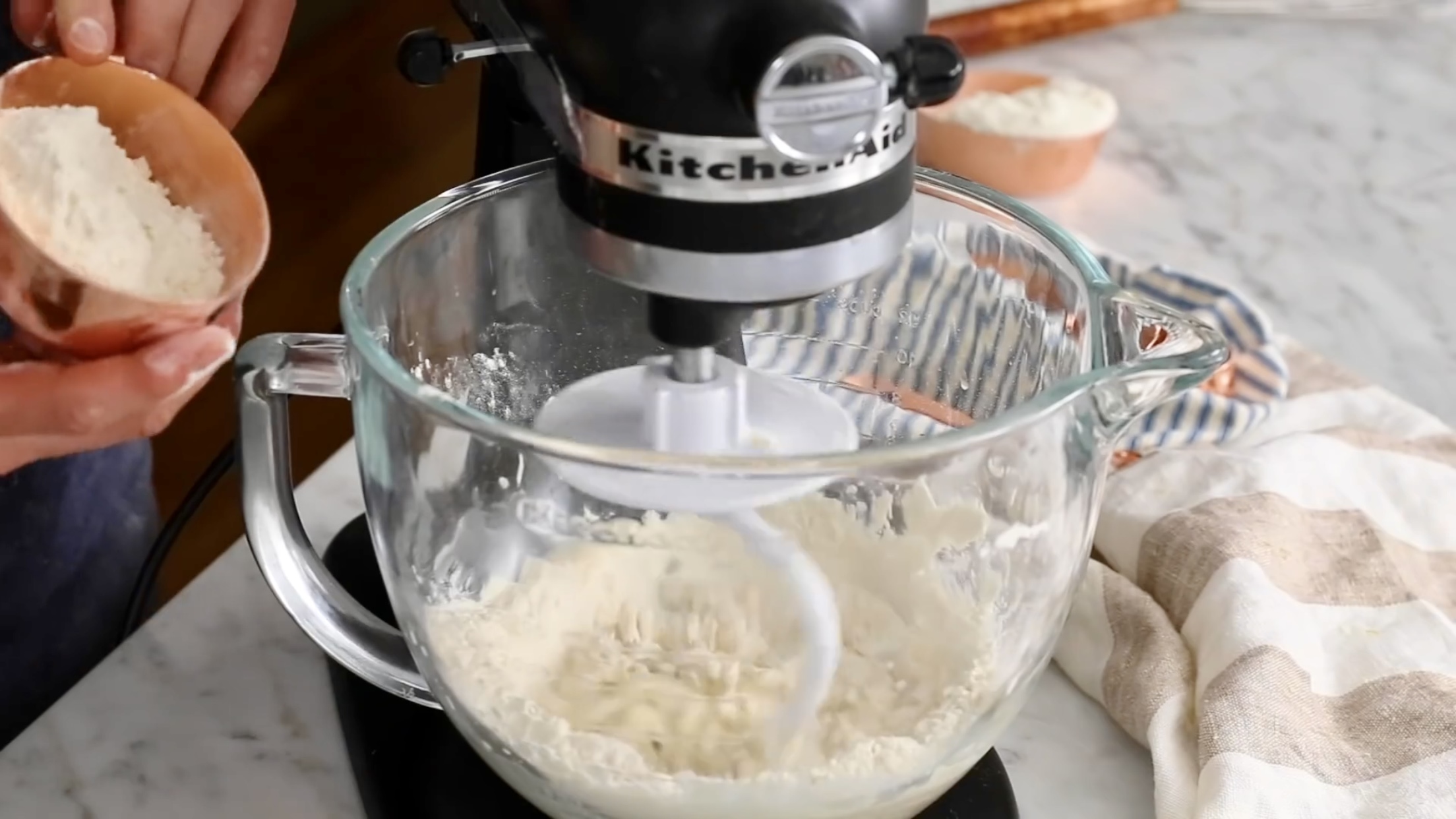Wood heat, while a very comfortable heat, certainly cuts down the humidity in a house, and ambient humidity can have a major effect on baking projects. Bakers more often have trouble with the high humidity of summer, but it is possible that the humidity in your house is so low that it could be drying out your doughs before you get them to the oven.
Experienced bakers generally know what their batters and doughs should look and feel like and intuitively add or subtract flour to get the right consistency. The amount of moisture in a batch of flour can vary substantially, and you can easily wind up putting 25 percent more or less flour into a recipe than it calls for to get the right consistency. This is one reason many bakers measure ingredients by weight - three pounds of flour is three pounds, no matter how moist or dry it is. If your doughs seem dryer than you think they should be, you should add a little more moisture to the mixture. If the doughs seem normal, it is quite possible that the oven in your new house is operating at a higher temperature than it registers, and you should check it with an oven thermometer . (You should pretty quickly check the calibration of a new oven or an oven in a new house anyway. Many a good cook has been thwarted by an unchecked - but naively trusted - oven.)The steps taken to successfully bake at high altitudes are the result of low air pressure, not humidity or lack of humidity.
Finally, some Ochef staffers who lived in a wood-heated house for half a dozen years kept a cast-iron kettle of water steaming on top of their wood stove around the clock. It added welcome humidity to the house, and they do not recall turning out dry baked goods (not that they would admit it if they had…).

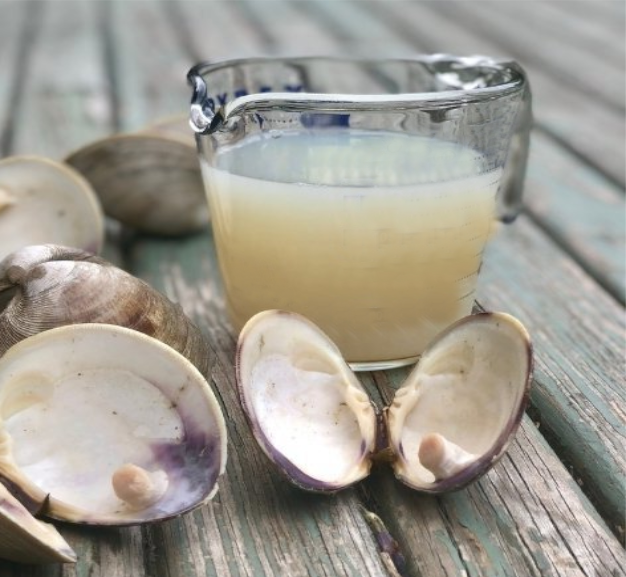






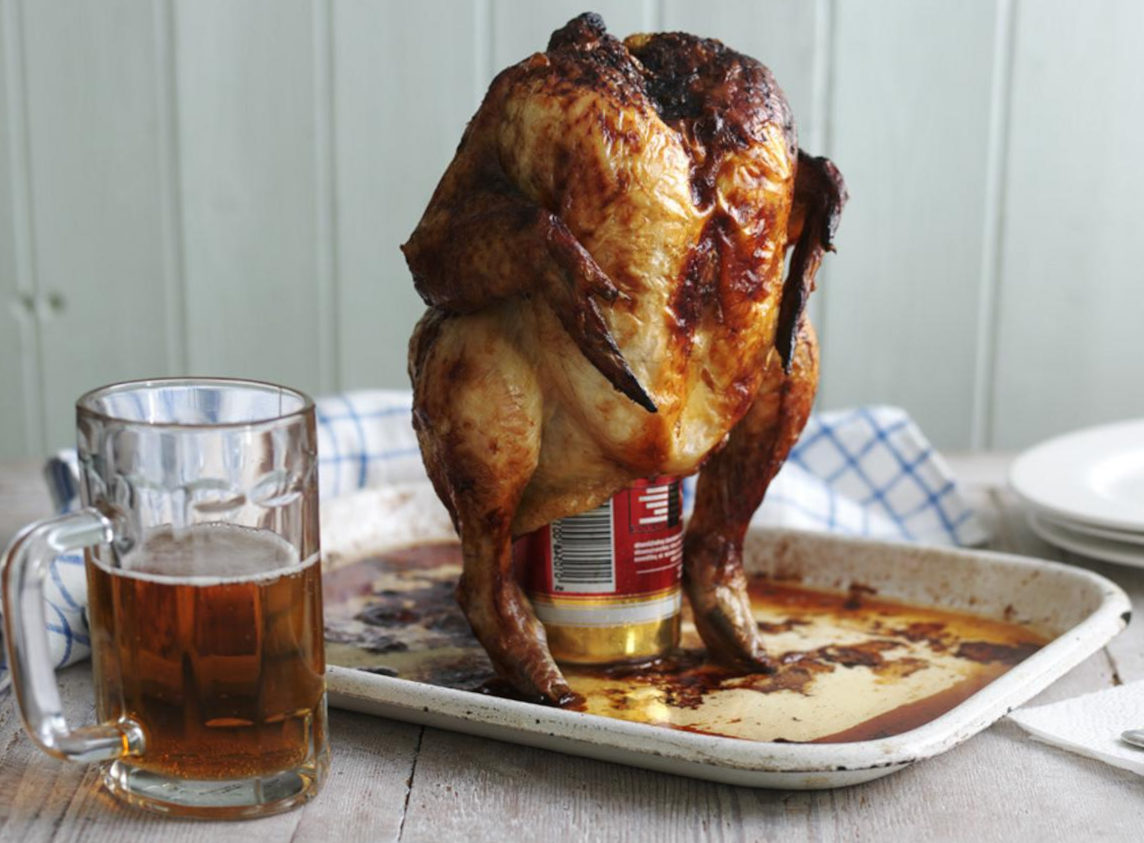
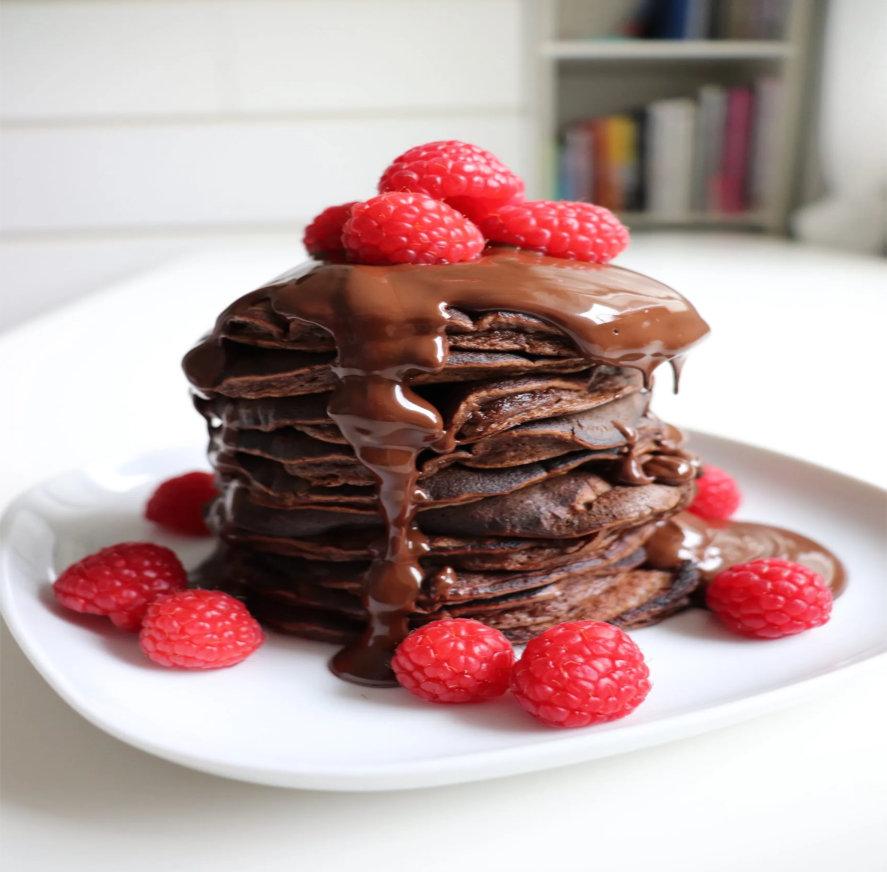
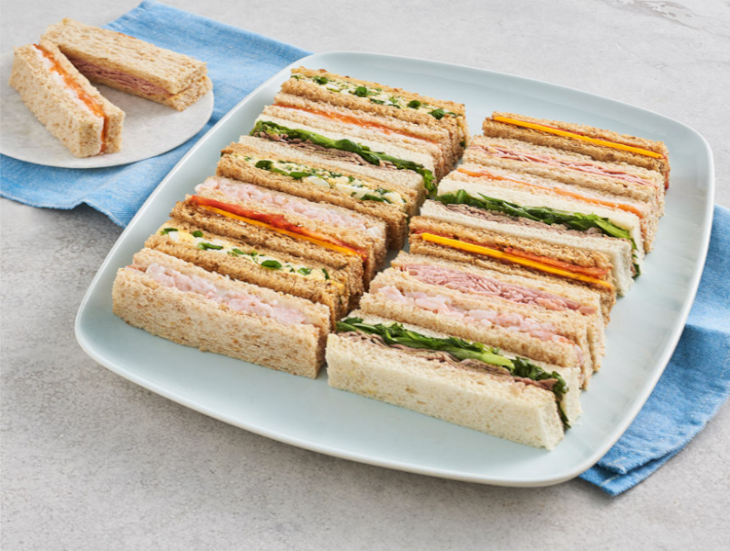



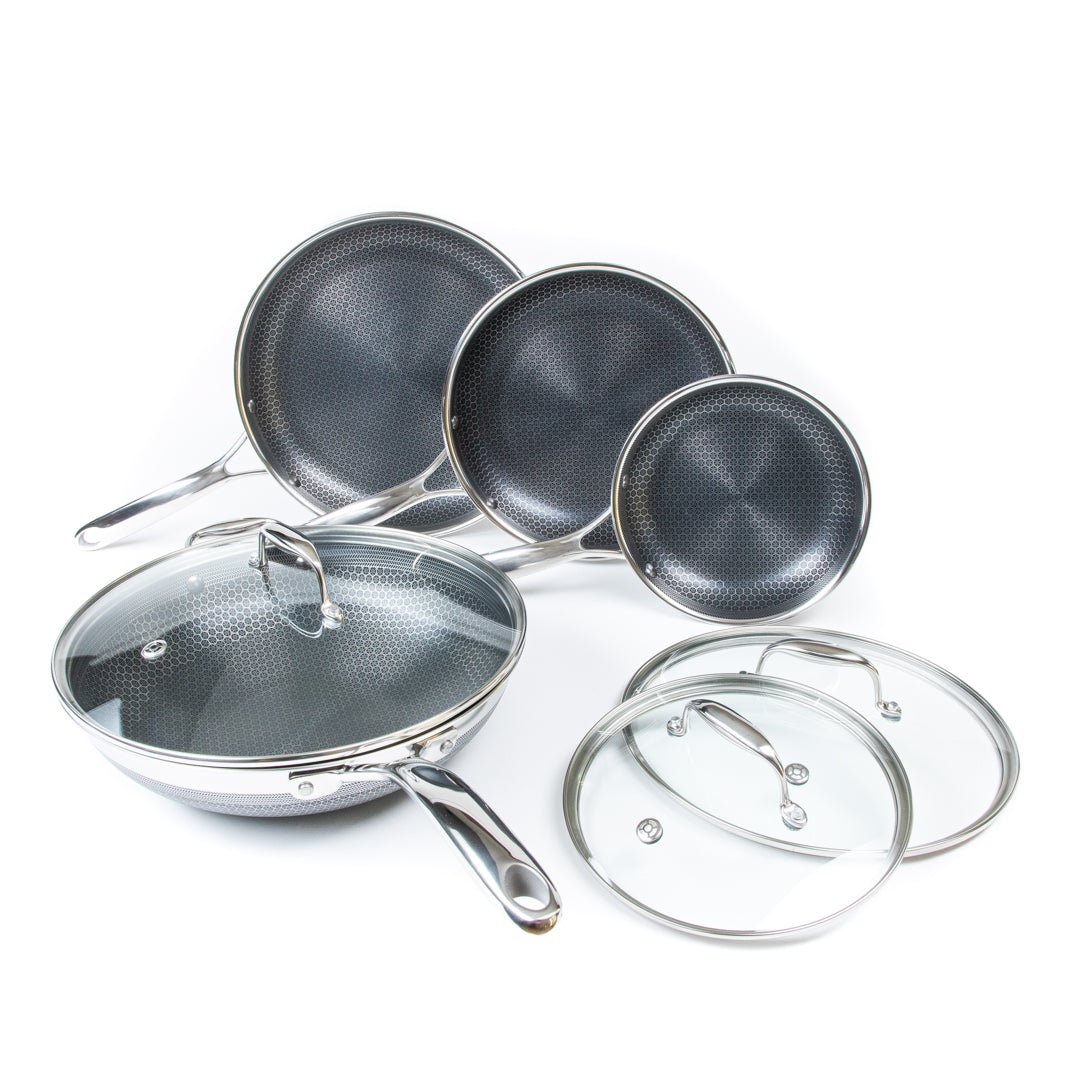


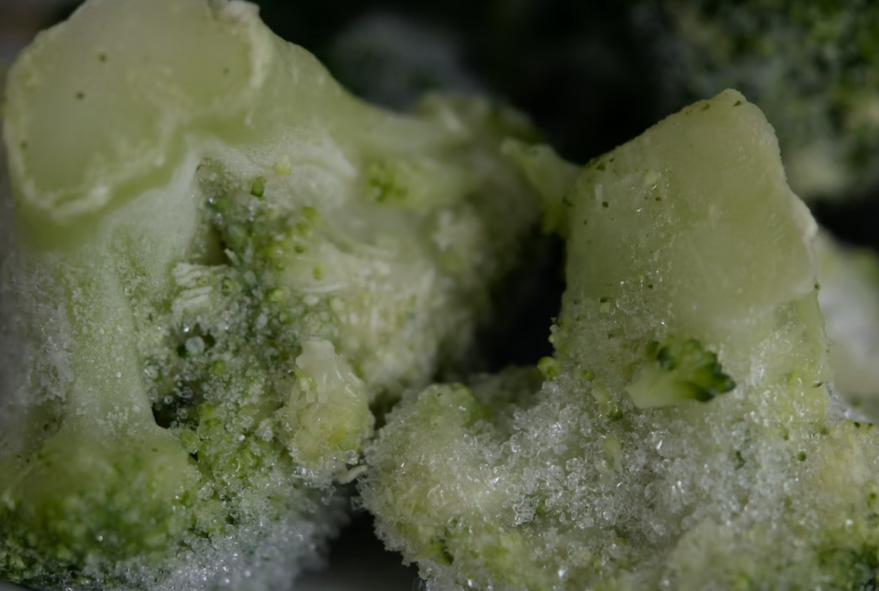
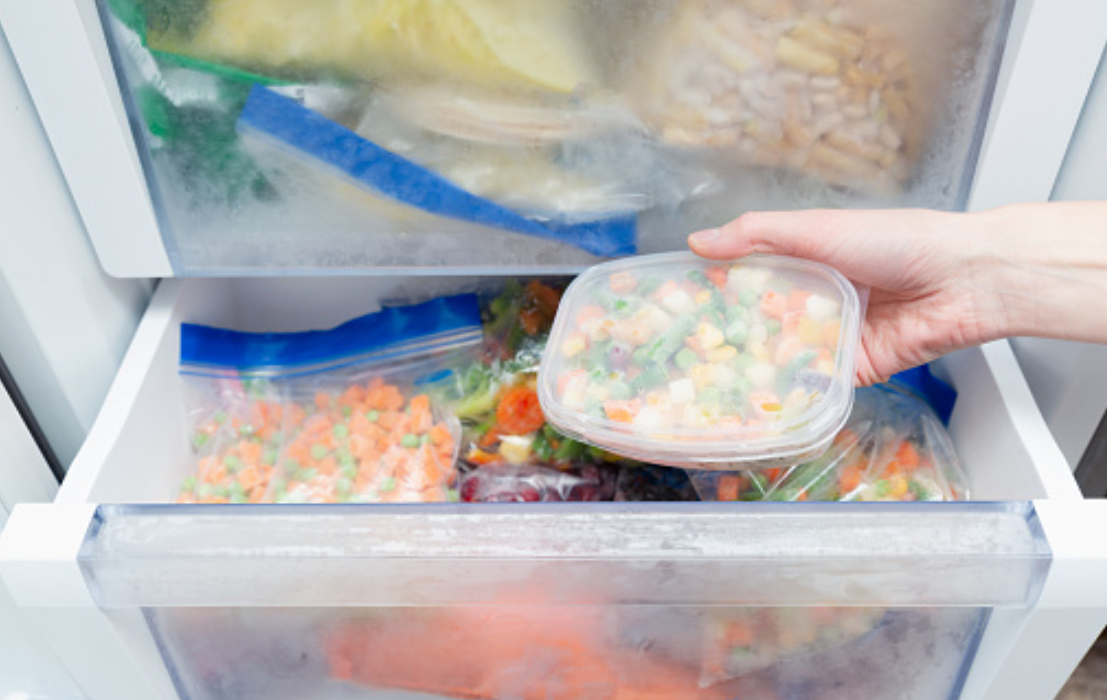
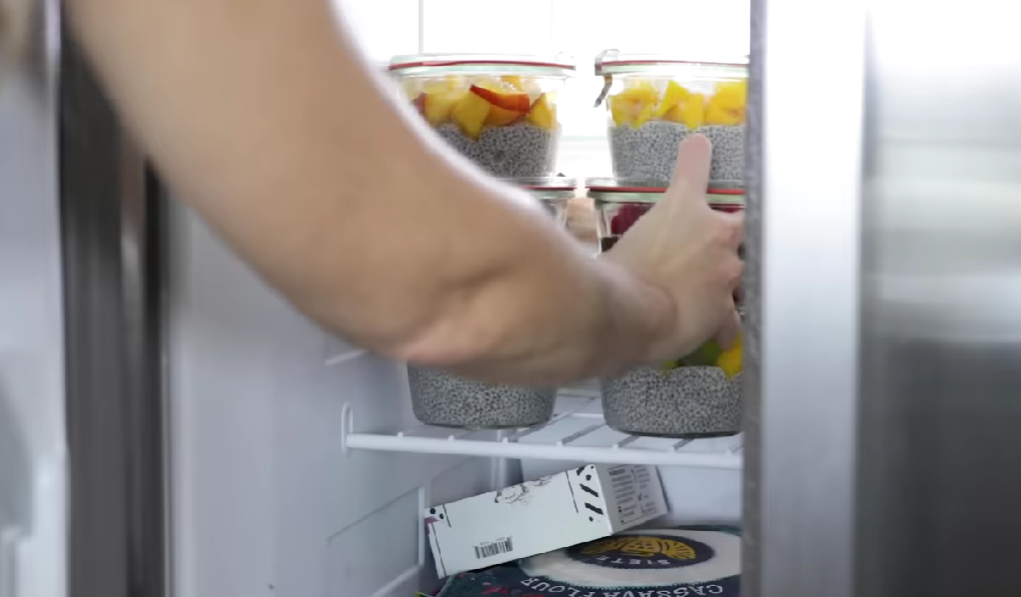

![Can you Cook Eggs in the Microwave? [Complete Guide]](/assets/images/c1f79d1cad59f18f9b5dc31403bd0eb2.png)

